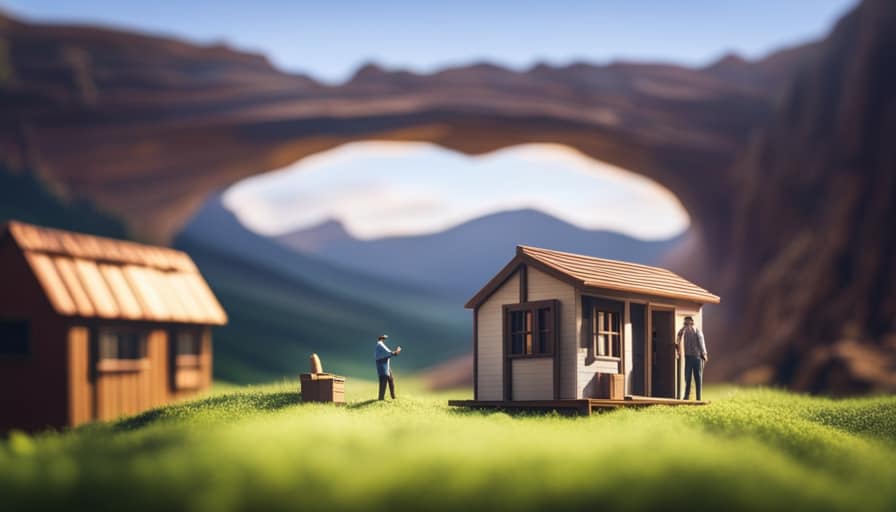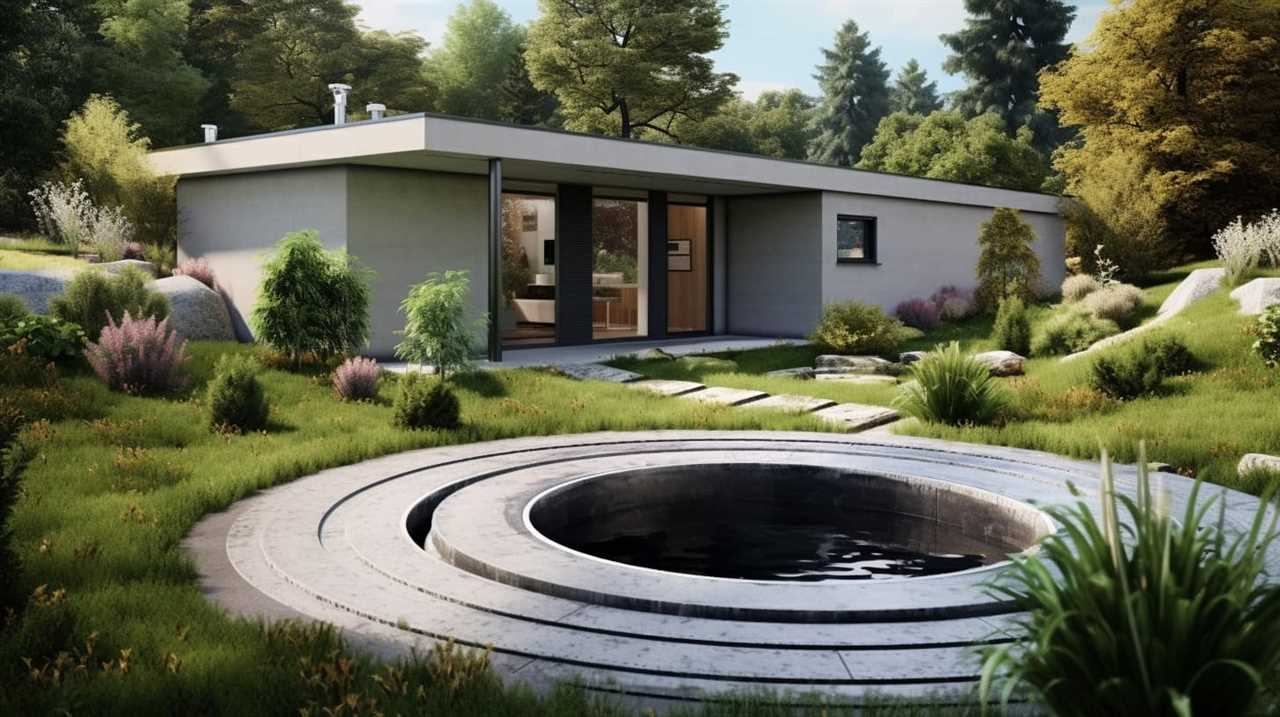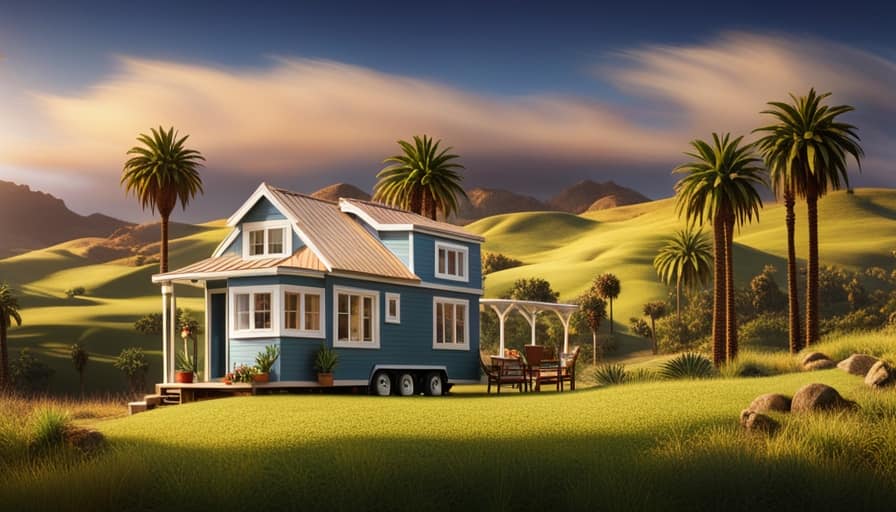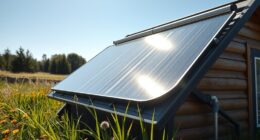I have always fantasized about owning a home, but with a limited income, it can seem out of reach. This is why I began looking into ways to qualify for a tiny house.
In this article, I’ll share my findings on affordability factors, financing options, and government assistance programs. I’ll also explore affordable tiny house communities and provide tips on saving money and budgeting.
If you’re like me and want to make your dream of owning a home a reality, keep reading!
Key Takeaways
- Consider the cost-of-living index in the area where you plan to purchase a tiny house.
- Explore different loan programs specifically designed for low-income buyers.
- Access financial support through government grants targeted at low-income individuals.
- Research and understand the income requirements for each government assistance program.
Understanding the Affordability Factors
I can’t overlook the importance of considering the cost-of-living index when understanding the affordability factors of buying a tiny house with low income. It’s crucial to evaluate the cost of living in the area where you plan to purchase a tiny house. This includes looking at factors such as housing, utilities, transportation, and groceries.
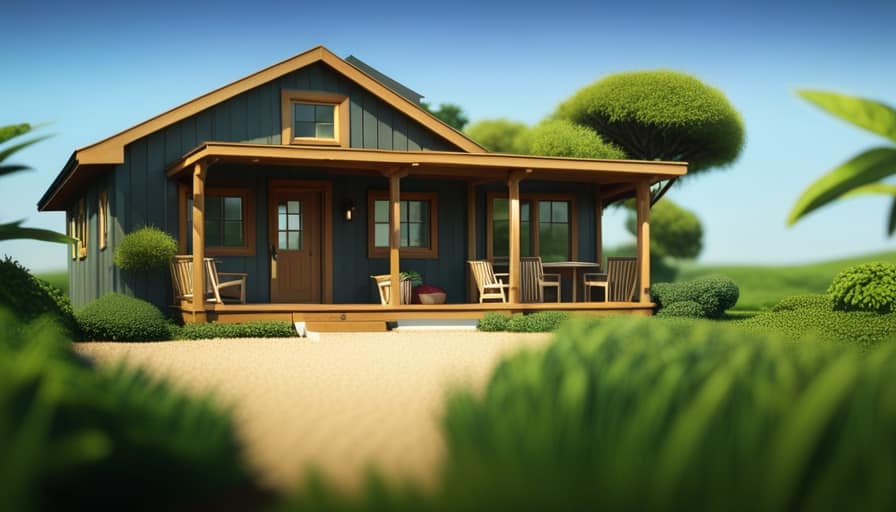
Understanding loan requirements is also essential in determining the affordability of buying a tiny house. You need to have a clear picture of the down payment, interest rates, and monthly payments.
Exploring alternative housing options can also be a great way to make owning a tiny house more affordable. For example, you can consider renting a tiny house or participating in community land trusts. These options can help reduce the financial burden and make owning a tiny house with low income more attainable.
Exploring Financing Options for Low-Income Buyers
Exploring different loan programs can provide low-income buyers with viable financing options for purchasing a tiny house. When it comes to financing alternatives, there are several tiny house loan programs available that cater specifically to low-income individuals. These programs aim to make homeownership more attainable for those with limited financial resources.
To help you understand the variety of options available, here is a comparison table of some popular tiny house loan programs:
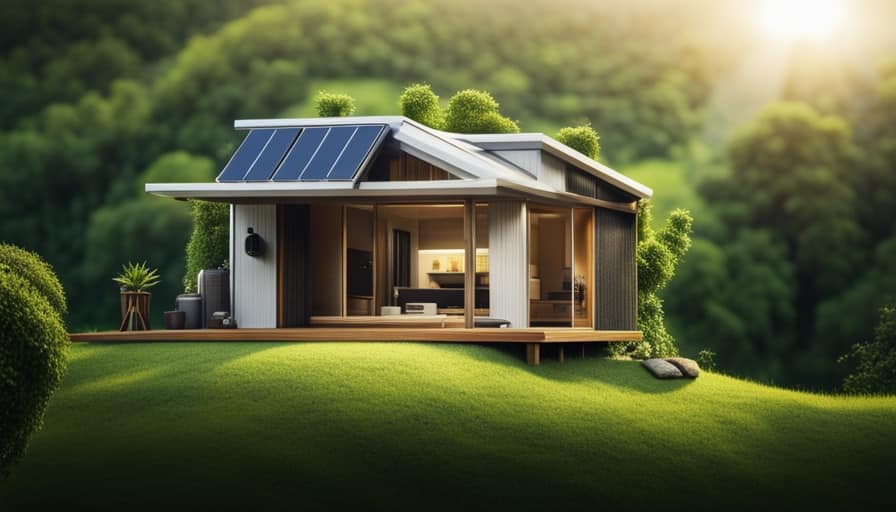
| Loan Program | Eligibility Criteria | Interest Rates | Down Payment Requirements |
|---|---|---|---|
| FHA Loans | Low credit score, low income | Competitive | As low as 3.5% |
| USDA Loans | Low to moderate income | Low | No down payment required |
| VA Loans | Active duty military, veterans | Competitive | No down payment required |
| Community Land Trusts | Low to moderate income | Varies | Varies |
These programs offer flexible terms, lower interest rates, and reduced down payment requirements, making homeownership more accessible for low-income buyers. However, it is important to carefully review the eligibility criteria and consult with a loan officer to determine the best fit for your specific circumstances.
Transition: Now that we have explored financing options, let’s look at how government assistance programs can further support low-income individuals in purchasing a tiny house.
Utilizing Government Assistance Programs for Tiny House Purchase
By taking advantage of government assistance programs, low-income individuals can access financial support for their tiny house purchase. Government grants are a valuable resource that can help offset the cost of buying a tiny house. These grants are typically targeted towards individuals or families with low income, and they can provide a significant amount of funding towards the purchase of a tiny house. However, it’s important to note that there may be certain income requirements in order to qualify for these grants.
It’s advisable to research and understand the specific income requirements for each government assistance program before applying. Once you have determined your eligibility, you can begin the application process and gather the necessary documentation to support your request for financial assistance.
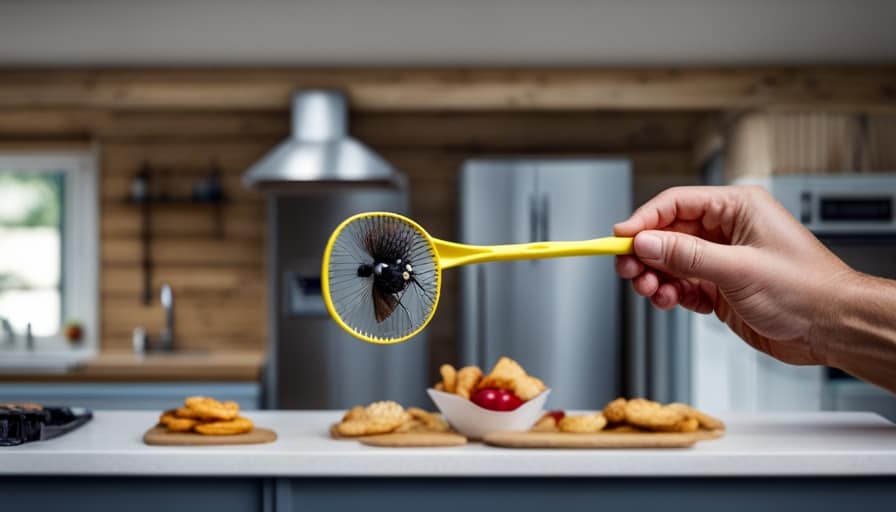
After exploring government assistance options, the next step is to research affordable tiny house communities.
Researching Affordable Tiny House Communities
When researching affordable tiny house communities, it’s important to consider location and amenities. Start by researching financing options and exploring government assistance programs that may be available to you.
Look for communities that are located in areas with lower costs of living, such as rural or suburban areas. These communities often offer more affordable land and housing options.
Additionally, consider the amenities offered by the community, such as access to public transportation, shopping centers, healthcare facilities, and recreational areas. These amenities can greatly enhance your quality of life and make living in a tiny house community more convenient.
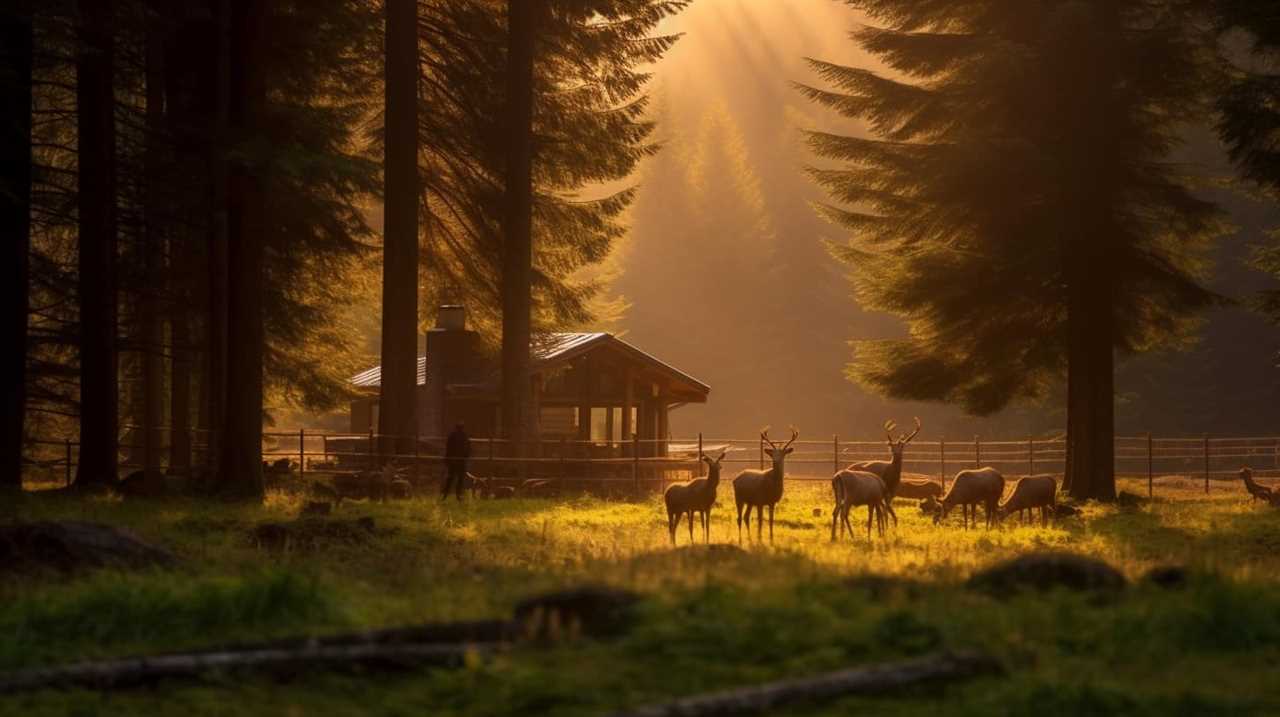
Tips for Saving Money and Budgeting for a Low-Income Tiny House Purchase
I can start by sharing some tips on how to save money and budget for a low-income tiny house purchase. Here are a few saving strategies and alternative housing options to consider:
-
Cut unnecessary expenses: Take a close look at your monthly expenses and identify areas where you can cut back. This might mean canceling unused subscriptions, cooking meals at home instead of eating out, or finding cheaper alternatives for everyday items.
-
Create a budget: Develop a detailed budget that outlines your income and expenses. This will help you prioritize your spending and allocate funds towards your tiny house purchase. Consider setting aside a specific amount each month for your down payment or building costs.
-
Explore financing options: Look into different financing options available for low-income individuals. This could include grants, loans, or programs specifically designed to assist with alternative housing purchases. Research and compare the terms and requirements of each option to find the best fit for your situation.
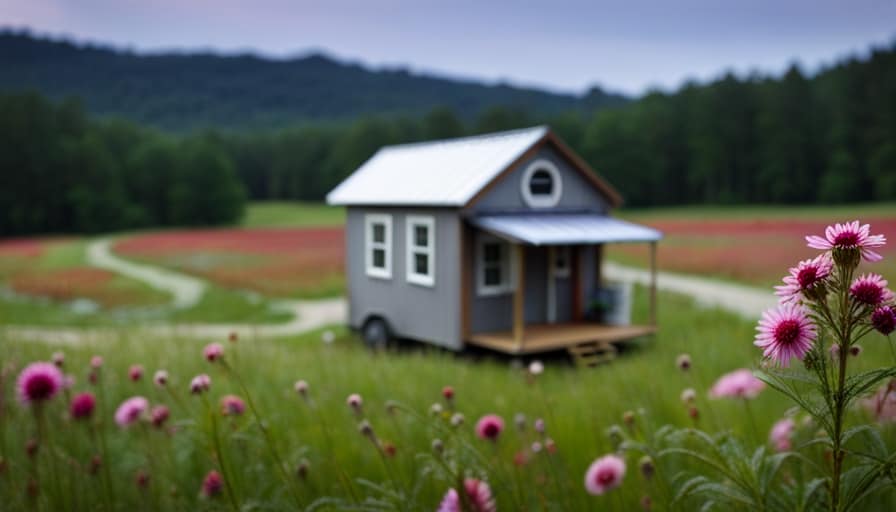
Frequently Asked Questions
Are There Any Restrictions on Where I Can Park My Tiny House?
There are parking regulations for tiny houses, and restrictions on where they can be parked. However, some cities have designated tiny house communities where you can legally park your tiny house.
Can I Qualify for a Mortgage Loan With a Low Credit Score?
Qualifying for a mortgage with bad credit can be challenging. However, there are alternatives to traditional mortgages for low credit scores. Exploring these options may help you achieve your dream of homeownership.
What Are the Maintenance Costs Associated With Owning a Tiny House?
Tiny house maintenance costs can vary depending on factors like size, location, and materials used. To maintain a tiny house on a budget, consider DIY repairs, regular cleaning, and energy-efficient upgrades.
Can I Build My Own Tiny House Instead of Buying One?
Building my own tiny house can be a viable option if I am familiar with local building regulations and have the necessary DIY skills. It allows me to customize the house to my needs and potentially save on costs.
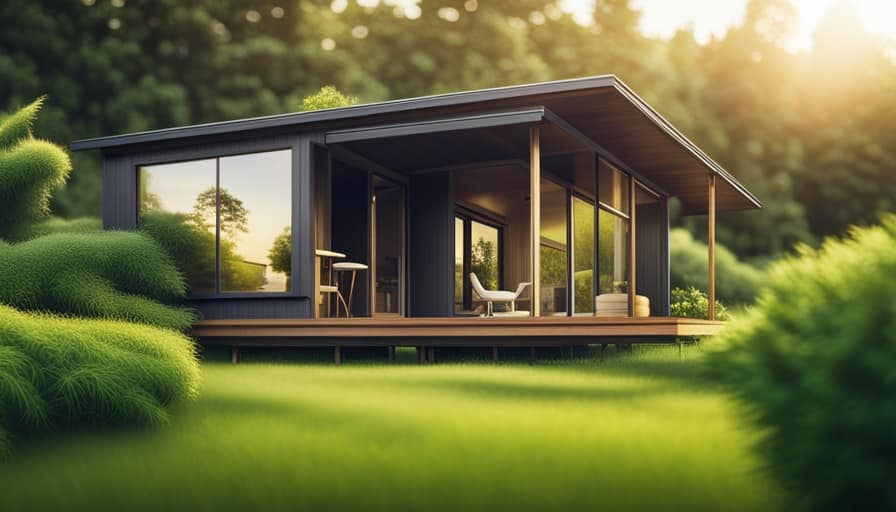
Are There Any Zoning Regulations or Building Codes I Should Be Aware of Before Purchasing a Tiny House?
Before purchasing a tiny house, it’s important to be aware of zoning regulations and building codes that may impact where and how you can place your home. Research local requirements to ensure compliance.
Conclusion
In conclusion, with a bit of research and determination, it’s possible for low-income individuals to qualify for and purchase a tiny house.
By understanding affordability factors, exploring financing options, utilizing government assistance programs, and researching affordable tiny house communities, the dream of owning a tiny house can become a reality.
Just like a tiny house maximizes space, this journey can maximize opportunities for those looking to embrace a simpler, more affordable lifestyle.
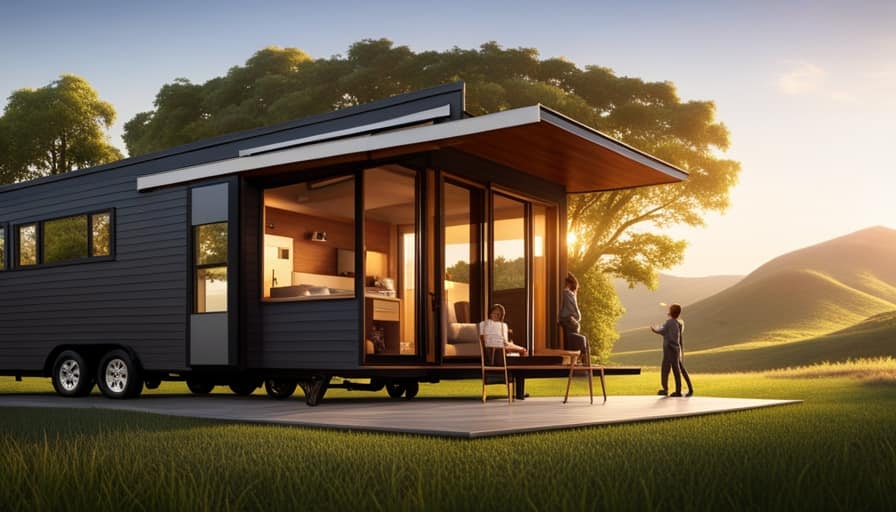
I’m Theodore, and I love tiny houses. In fact, I’m the author of Tiny House 43, a book about tiny houses that are also tree houses. I think they’re magical places where imaginations can run wild and adventures are just waiting to happen.
While tree houses are often associated with childhood, they can be the perfect adult retreat. They offer a cozy space to relax and unwind, surrounded by nature. And since they’re typically built on stilts or raised platforms, they offer stunning views that traditional homes simply can’t match.
If you’re looking for a unique and romantic getaway, a tree house tiny house might just be the perfect option.
